Despite producing products like landmark phones, excellent tablets, and some incredible GPUs, not every product is going to be worth getting. The tech industry has had no lack of epic failures over the decades. From “groundbreaking” AR/VR hardware and disastrous phones and tablets to software that simply failed to get off the ground, here are some of the 10 worst tech failures of all time, in no particular order.
1 Google Glass: Shattering AR expectations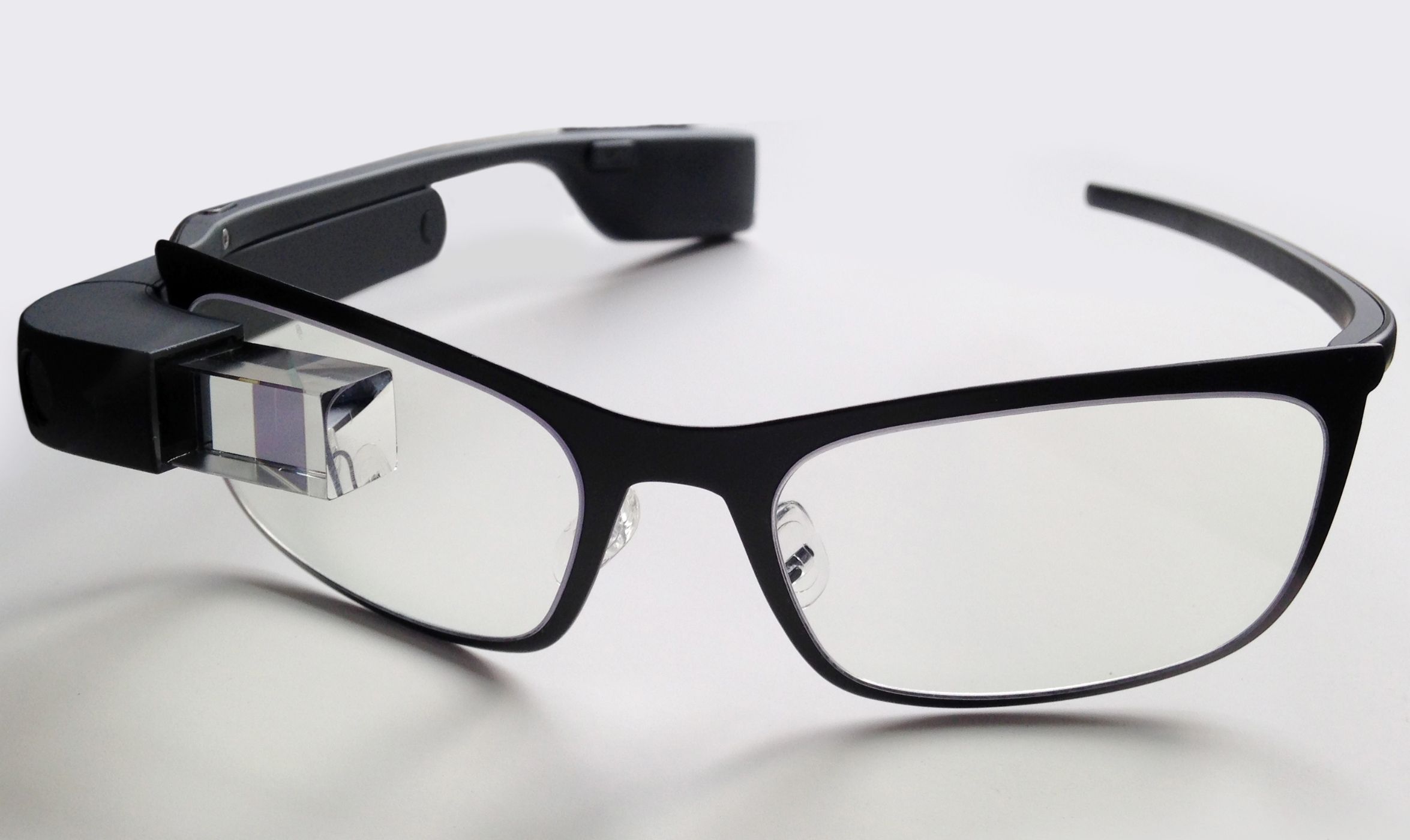
The year was 2012, and it looked like this would be the year for innovative breakthroughs. Instagram had just debuted on Android, and Nokia had unveiled the 808 PureView with a whopping 41MP camera. Google certainly didn’t plan on staying behind. After teasing its experimental augmented reality glasses in a “Project Glass” video in April, it demoed them two months later at a Google event. Co-founder Sergey Brin himself showed off skydivers donning the fancy new glasses and landing on top of the event venue. Google Glass was heralded as the device that would power the AR dreams. It was developed by Google X, the department in charge of working on “moonshot” technologies, and promised all the functionality of your smartphone built right into a wearable with a real-time heads-up display.
However, it simply released too soon. Not only was the product ridiculously expensive at $1,500, but there were major privacy concerns based on the whole “cameras on people’s faces” thing. As if this wasn’t bad enough, Google consistently marketed the product as a luxury item, even showcasing it during New York Fashion Week. Also, for a supposedly premium device promising next-gen AR capabilities, Google Glass suffered from severe technical limitations like low battery life, unexpected restarts, and some features simply not working as intended. Finally, after many public places banned the gadget altogether, Google pulled it from the market in 2015.
It did manage to live on a while longer as an Enterprise Edition product, but in early 2023, Google announced it had stopped selling the Enterprise Edition to businesses and developers, thereby ending the device’s story for good — at least for now.
2 Apple Newton: Visionary but flawed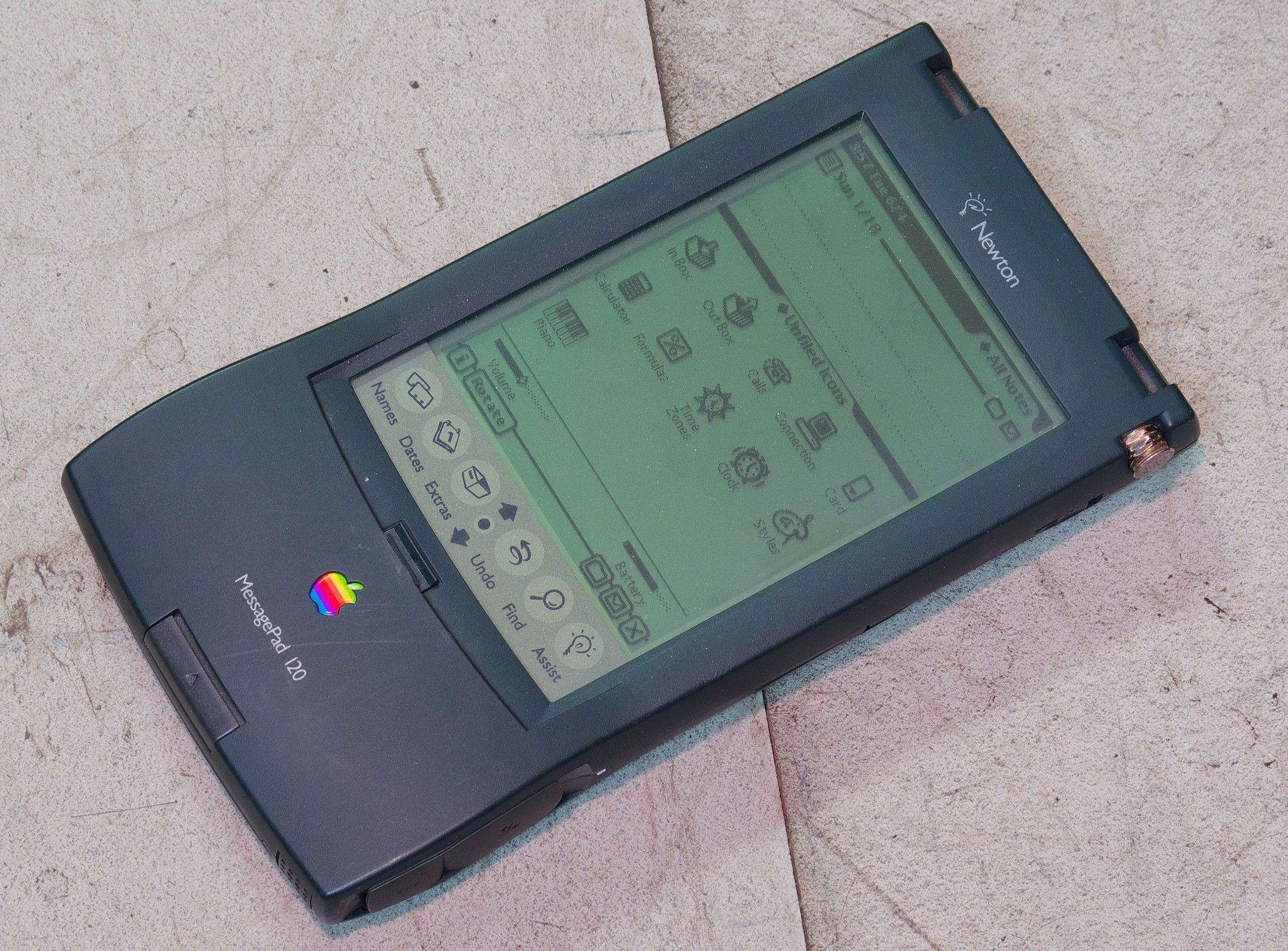
Apple has given birth to some of the biggest flops of all time despite the phenomenal success it has seen with the iPhones, iPads, and Macs. However, despite being failures, many ended up paving the way for successful products down the line and even for entire industries. Perhaps the most prominent of these was the MessagePad. This advanced personal digital assistant (PDA) was released in 1993 and ran on the Newton OS (the MessagePad was actually more commonly known as the Newton). The $900 Newton had a few innovative features; it could take notes, store contacts and calendars, send faxes, and more. It also had a stylus for typing and navigation, and it could even fit in your pocket.
One of its major selling points was its handwriting recognition feature. Now, you might be wondering how well this feature would have worked in the 90s, and you’d be right in doubting it. The Newton failed at accurately recognizing users’ handwriting and was publicly ridiculed for it. Coupled with the high price, the Newton was never able to go mainstream. A few years after its launch, Apple improved on the handwriting feature and offered external keyboards for the device, but by then, the Newton brand had lost its sheen. Plus, the PalmPilot PDA was performing much better in sales. Steve Jobs finally closed the curtains on the Newton in 1998 after returning as Apple CEO.
Although the Newton MessagePad failed at what it had set to achieve — being a portable computer — the team that worked on it later went on to create the first iPhone. The iPad also owes its existence in part to the Newton. Even Apple’s investment in ARM processors started specifically to power its ill-fated PDA. The Newton walked so that all smartphones and tablets could run.
3 Windows Vista: An update no one asked for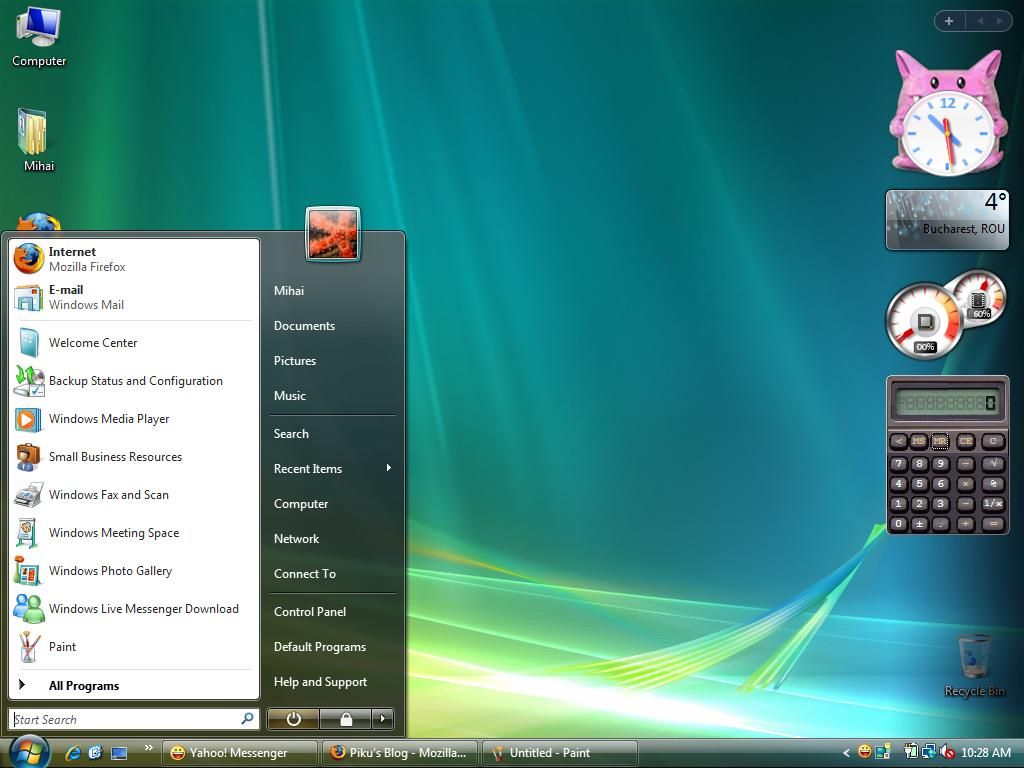
Windows launches haven’t always been huge hits. Windows 8, Windows 10, and even Windows 11 all faced their fair share of criticism. But perhaps the most dramatic failure in Microsoft’s desktop OS lineup was Windows Vista.
Pitched as a replacement to the excellent but aging Windows XP, Vista had a rocky start, to say the least. Initial reviews panned the operating system for being unnecessarily heavy and incompatible with many apps and hardware devices. The visual redesign, with the new Aero Glass style, looked great but proved to be a resource-hog for the average user. The newly introduced User Account Control (UAC) was perceived as more of an annoyance than a security feature. While things like high pricing and high system requirements weren’t issues for everybody, they certainly didn’t help temper the negative publicity Windows Vista was receiving.
Users were largely happy with Windows XP and didn’t find enough value to move to a new Windows version, especially since they would have to deal with performance issues, driver problems, and incompatible applications. Vista was succeeded by Windows 7 in a relatively short time — around three years later. The majority of users jumped straight from Windows XP to Windows 7 and skipped Vista altogether. Although Windows Vista failed on many accounts, it laid the groundwork for many security and visual features that were improved upon in Windows 7 and later versions.
4 Microsoft Zune: Too little, too late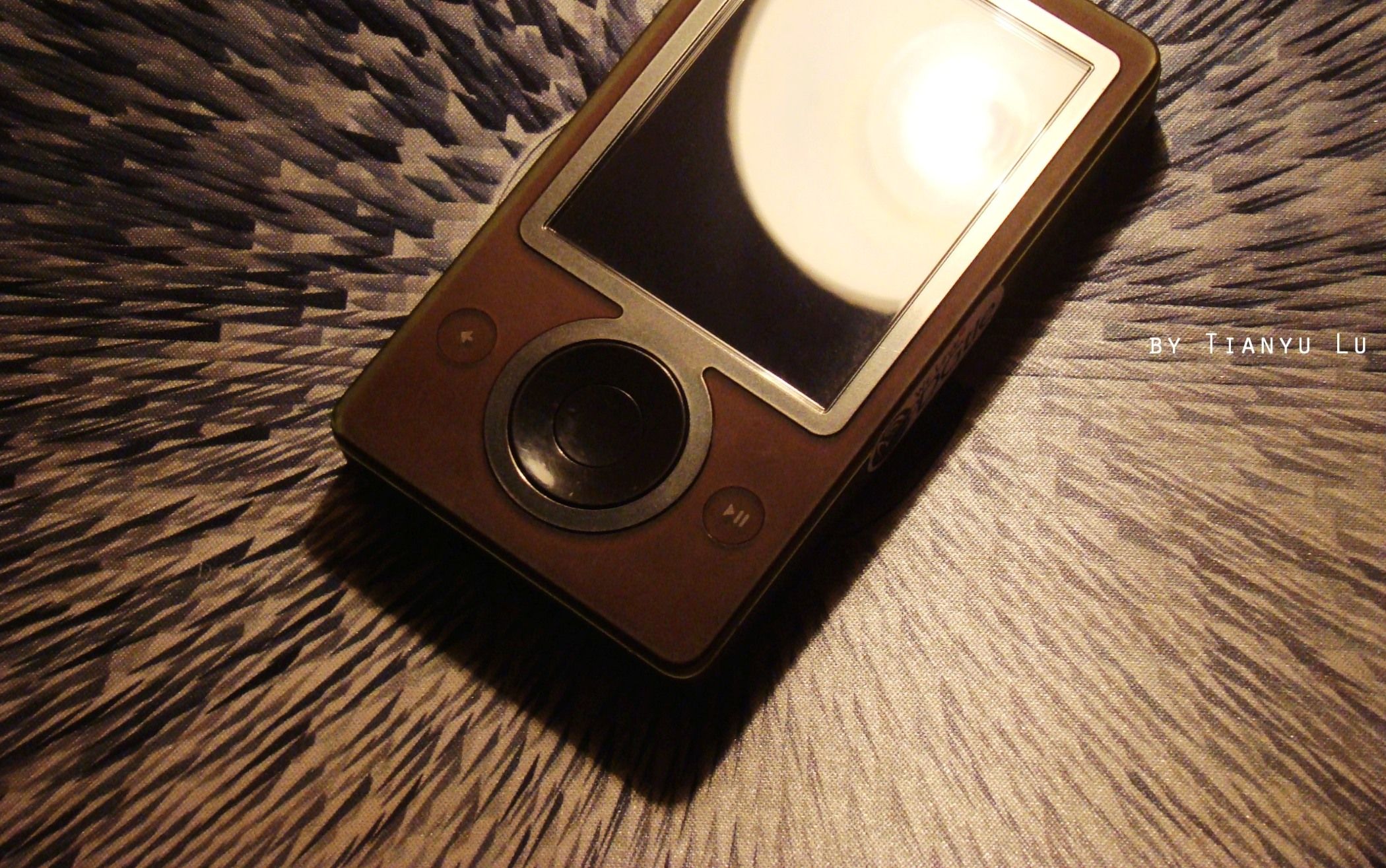
The portable MP3 player market was defined by the iPod. Even though it launched in 2001, three years after MPMan F10 (the very first portable digital audio player), it became the huge mainstream success the industry needed. Microsoft entered the ring with the Zune in 2006, but by then, Apple had already released five generations of the iPod Classic, not to mention the Shuffle and Nano.
While it was clear to Microsoft that it was late to the party, it failed to adequately differentiate the Zune from the iPod. By the time Zune launched, Apple had already cemented its place in the market and created a cultural icon. Microsoft had to offer something truly breathtaking to steer its audience away from Apple’s now near-perfect audio player. But what the Zune offered was a bulky, brown-colored music player that was in stark contrast to the iPod’s minimal aesthetic.
The software side of things was in shambles, too. The Zune wasn’t as tightly integrated with the Zune Marketplace as the iPods were with the iTunes Store. DRM issues further soured people away from Microsoft’s supposed competitor. The Zune had a few things going for it, such as a larger screen and wireless Zune-to-Zune sharing, but ultimately, neither its design and experience nor its marketing managed to put a dent in the iPod’s dominance. Zune was discontinued in 2011 after releasing three generations of a barely innovative me-too product. The Zune software lasted a little longer, but it, too, was absorbed by Microsoft.
5 BlackBerry Storm: Neither here nor there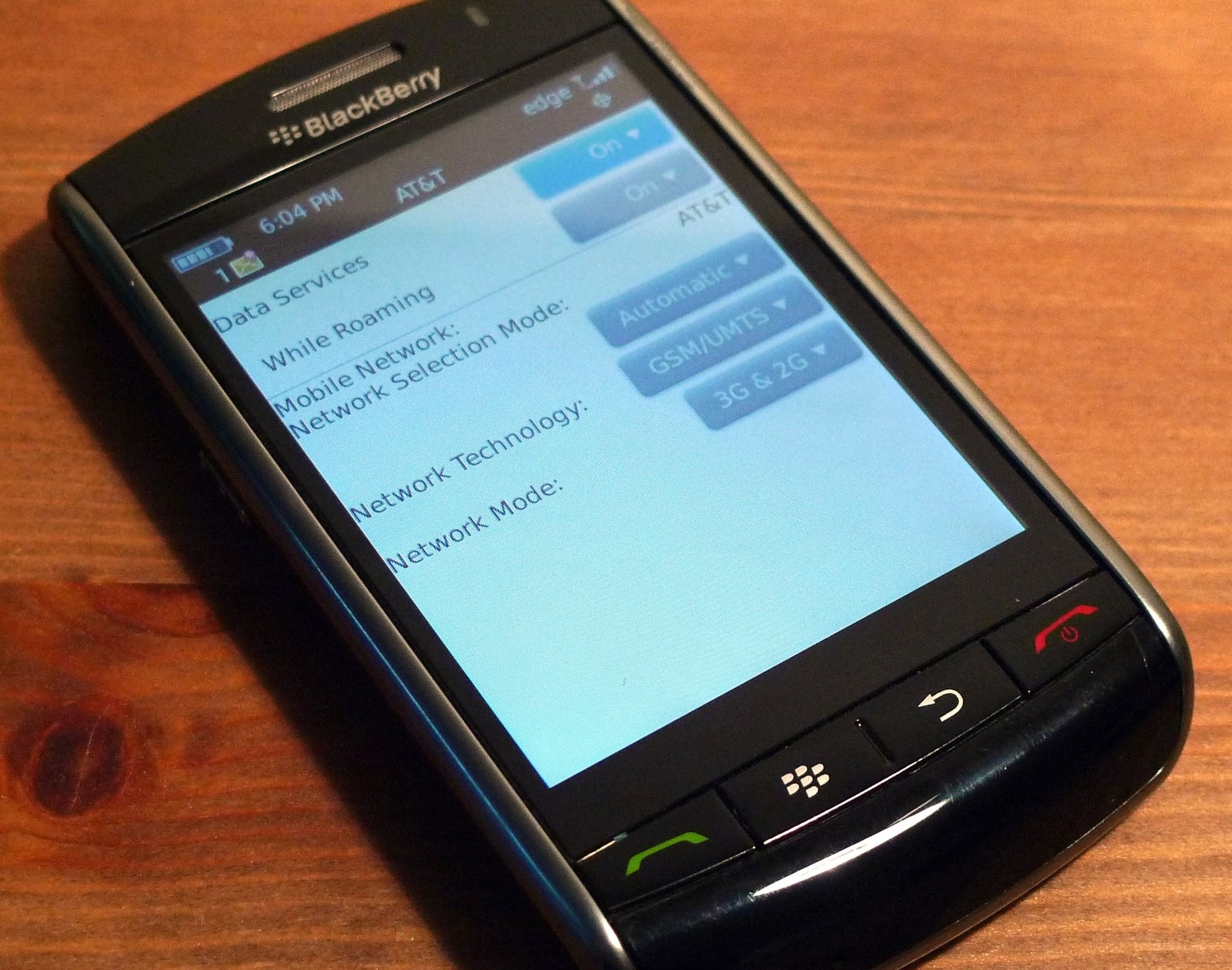
Once a titan of the industry, RIM’s BlackBerry is now virtually absent from the smartphone market it once ruled. Shortly after the iPhone’s launch in 2007, BlackBerry put out its first-ever touchscreen smartphone, the BlackBerry Storm. Not only was it a departure from the beloved options with physical keyboards, but it also debuted a novel but problematic touchscreen called the SurePress display. In short, this was a touchscreen that could be “pressed” like a button.
Maybe this clickable touchscreen idea was good in theory, but it went horribly wrong in practice. Typing on this screen was painfully slow, and loyal BlackBerry users sorely missed the lightning-fast typing they were used to on the company’s keyboards. The Storm had to compete with not only the iPhone but a rapidly growing army of Android smartphones as well. Hardware problems aside, the BlackBerry Storm didn’t have a strong app store or a decent software experience either.
RIM might have acted fast to adopt the emerging touchscreen tech in 2008, but it dropped the ball in actually implementing it. The Storm2 featured a revised display, but it wasn’t enough to turn its fortunes around. What the company managed to do was produce a display that forced customers to use a tiring interface without enjoying any benefits of physical hardware. Reasonably, RIM never used the SurePress display in any of its phones after the Storm2, and the Storm went down in the annals of smartphone history.
6 iTunes Ping: No one answered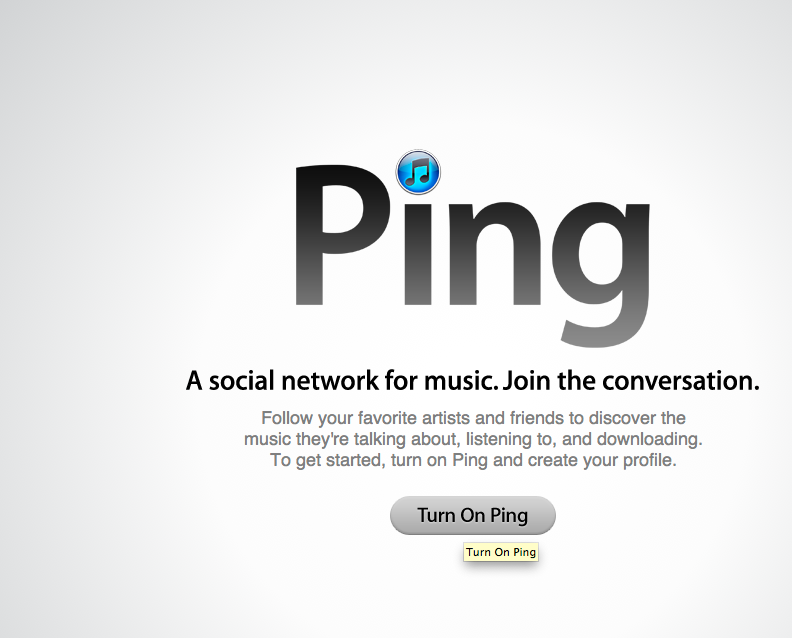
Apple’s hardware failures are more widely known than its missteps on the software side. One of these lesser-known fails is iTunes Ping, a music-focused social network within iTunes. Ping launched in 2010 as a way to follow your friends and favorite artists within the iTunes platform, but this is where the problems began. First, the entire “social” aspect of Ping was limited to sharing reviews, purchases, and other basic updates. And there was no integration with Facebook, the most popular social network at the time.
Second, whatever user base Apple was able to amass on Ping didn’t find meaningful ways to engage with artists, as not many artists were active on the platform. And third, users weren’t exactly thrilled by the fact that Ping automatically shared their music preferences with others without explicit consent. The overall UI and feel of Ping wasn’t fun to use, as it was integrated into the iTunes software.
Ping was a niche social media network, to begin with, and the various troubles it encountered along the way ensured that it didn’t become anything more than a footnote in Apple’s history. The company shelved the platform in 2012, barely two years after launch.
7 Nokia N-Gage: Impossible to engage with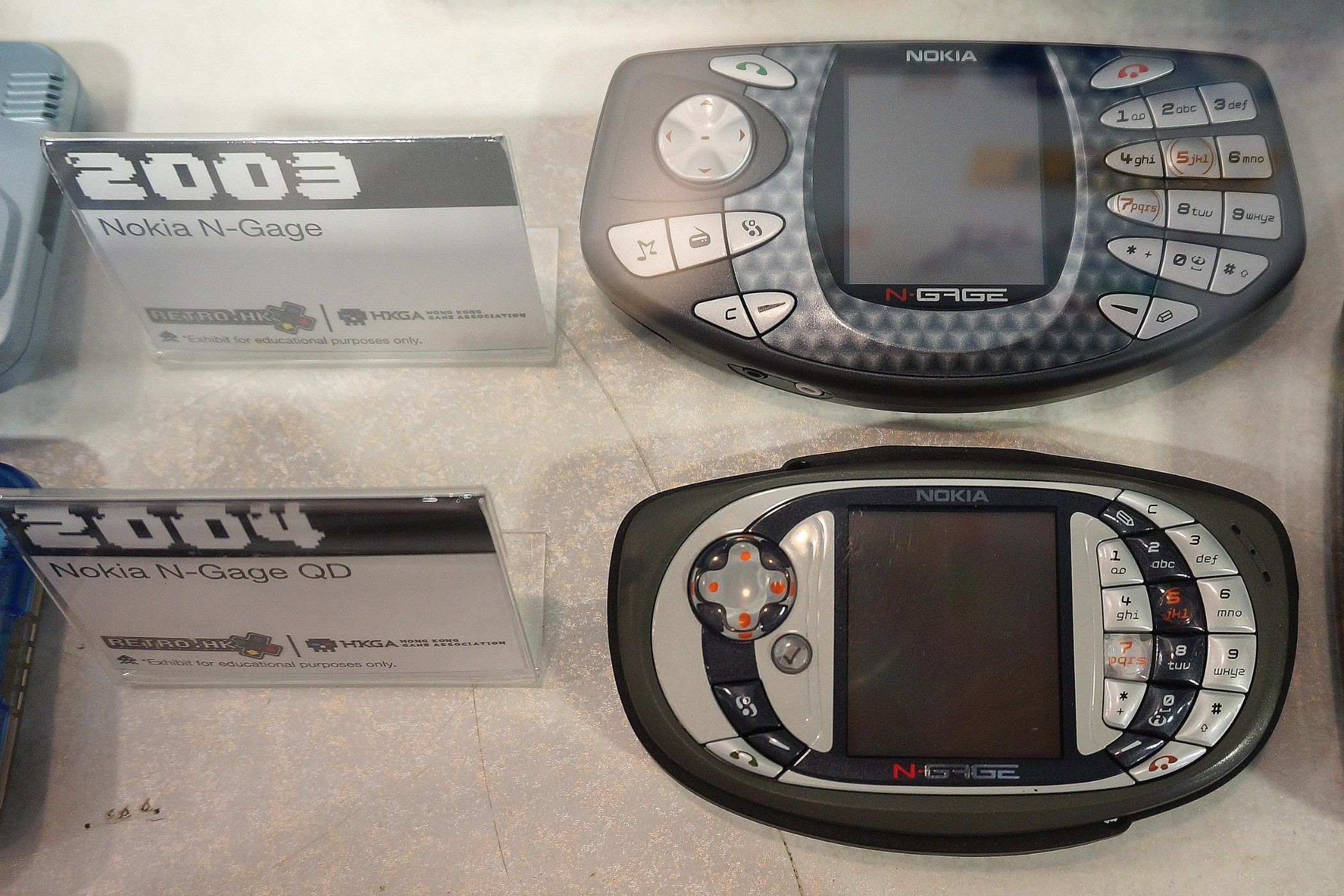
Way before Nokia washed its hands off of the smartphone business, it was pushing the boundaries of what phones could be. One of these valiant attempts was the Nokia N-Gage, which was a gaming phone before mobile gaming was even a thing. This project was as ambitious as they came. Nokia teamed up with video game publishers, gaming retailers, and other players in a multi-million dollar campaign in an attempt to compete with the ever-popular Game Boy and create a new market.
Alas, dreams weren’t enough to make the N-Gage a success. Panned by the media even before its release, the $300 N-Gage debuted as a weirdly shaped, cumbersome, and unengaging device. Sure it could be a gaming phone, but it was barely acceptable as a regular cellphone due to its odd form factor. Its buttons were mushy, and users had to completely remove the back cover to replace game cartridges. Talking about the games, they were $30 a pop, and there weren’t many of them to choose from.
Though the Nokia N-Gage featured a few firsts, like wireless gaming via Bluetooth, it failed miserably in judging both the consumer demand and the industry’s willingness for such a device. Maybe it was way ahead of its time and launched in a market that wasn’t ready for it, or maybe it was one of those projects that were doomed to fail. Nokia discontinued the N-Gage in 2006, with the N-Gage name continuing as a gaming service on select Nokia phones.
8 Nintendo Virtual Boy: Should have stayed in the virtual world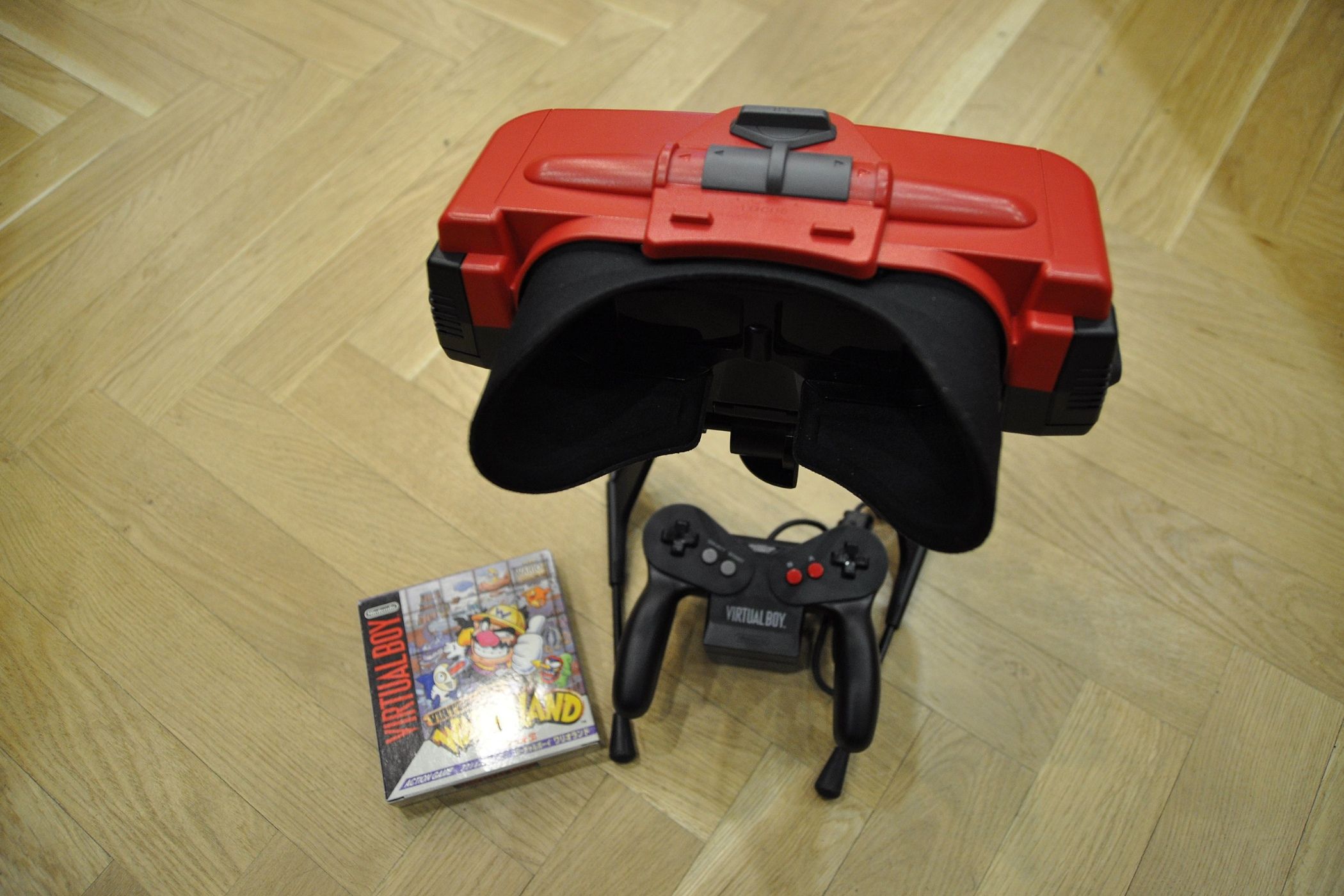
Before PlayStation VR and Oculus, the Nintendo Virtual Boy dreamed of making 3D gaming a mainstay. Launched in 1995, the Virtual Boy was an unwieldy gaming console with a stereoscopic 3D display. It required the user to rest their head on a platform while playing a game, staring at a monochromatic red screen all the while. This display famously caused discomfort and eyestrain for many players, defeating the purpose of an immersive gaming experience.
If the somewhat boring display and cumbersome use weren’t enough, the game library for the Virtual Boy was meager at best. Only 22 games were developed for the 3D console, with many others canceled shortly after being announced. Nintendo was rushing to get the Virtual Boy to the market so that it could focus on the development of the Nintendo 64, which probably influenced the company’s decision to launch the Virtual Boy in an unfinished state.
Nintendo’s red-tinged world failed to engage audiences and lived only for about a year before being discontinued. If the company had moved things around and devoted more time and resources to the Virtual Boy, releasing it in a more refined state, maybe history could have been different. But as it happened, the Virtual Boy was relegated to being a curious misstep in Nintendo’s storied history of gaming innovation.
9 HP TouchPad: Untouchable at best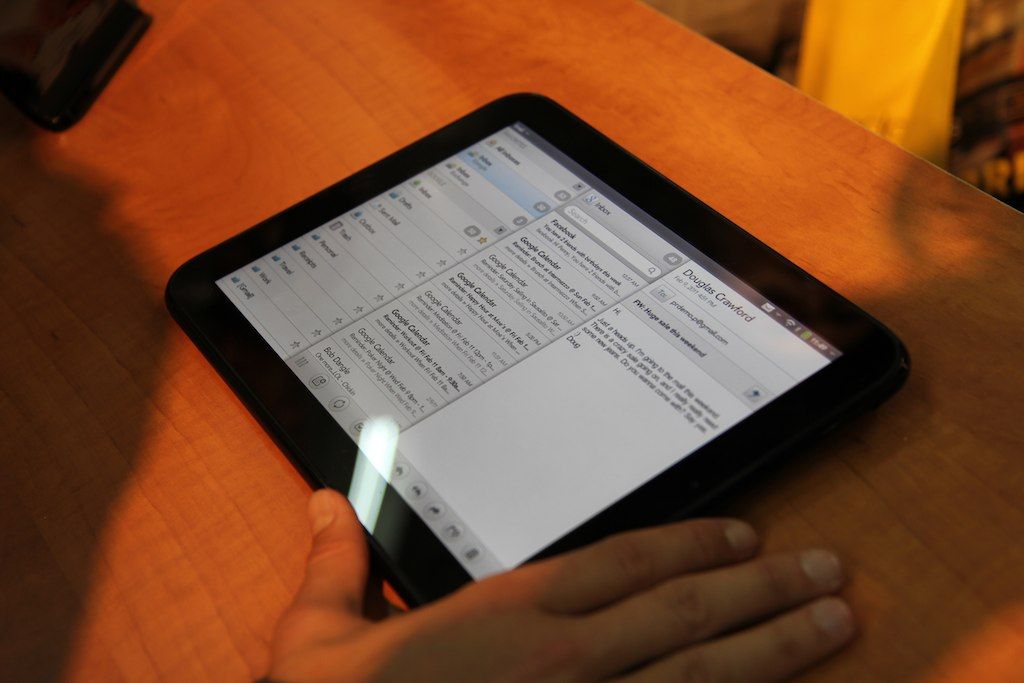
The tablet market has an interesting history. In a world dominated by iPads and populated with decent Android tablets in recent years, it’s hard to remember the HP TouchPad. In 2011, a few months after the launch of the iPad 2, HP decided to make a series of questionable choices for its first-ever tablet. The HP TouchPad cost the same as the iPad, included a considerably inferior display, ran on a new OS with no third-party app support to speak of, and shipped in a cheap plastic body. What could go wrong?
We often judge past failures harshly with the benefit of hindsight, but this one sits squarely on HP’s shoulders. It really needed some foresight with this one. If you’re trying to put out a product in a market essentially created by the iPad, your device needs to excel in a few areas, at the least. The TouchPad barely excelled in even one. Its webOS platform was barren and, frankly, laughable compared to the App Store. There were no redeeming hardware specs either that could keep the TouchPad afloat.
Consequently, HP was forced to slash the TouchPad’s price from $499 to $99 only two months after launch. A year later, the TouchPad had all but disappeared. In 2013, HP finally sold off the entirety of its webOS assets, and LG gave the OS a new life in its TVs. The TouchPad has become a cautionary tale that imparts a valuable lesson to brands trying to make a quick buck in a rapidly emerging market.
10 Galaxy Note 7: Playing with fire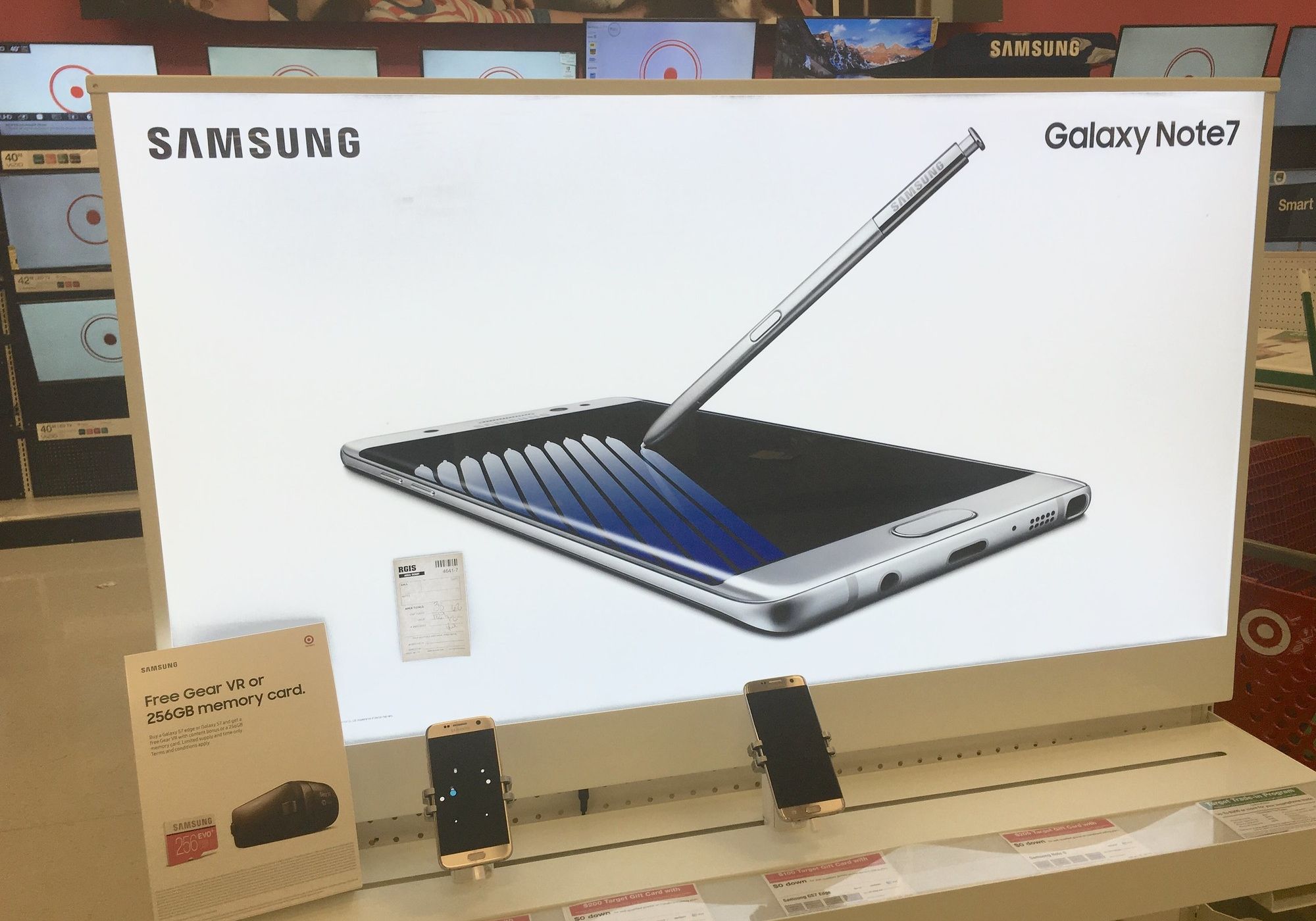
In the summer of 2016, Samsung set the smartphone world on fire — literally — with the Galaxy Note 7. Less than a month after launch, over 30 phones had exploded, prompting Samsung and the U.S. Consumer Product Safety Commission (CPSC) to issue official recalls and promise replacements. Tragedy struck twice as the replacements also started catching fire. Carriers and retailers had started to issue free returns for all Note 7s, the FAA officially banned them from flights, and Samsung’s reputation went up in flames.
The Galaxy Note 7 was met with glowing reviews before its launch, which makes its eventual fate all the more disappointing. After the Korean smartphone giant failed to contain the issue, it recalled all the remaining devices in the wild and even released a software update to render all existing phones useless. The battery and the size of the phone were to blame for the fires. The official explanation was that there wasn’t enough room around the battery, which led to overheating. In the case of the second batteries, some were missing important components like insulation tape. Regardless of the reasons, it was a potentially great device that was mired in an unexpected and colossal scandal.
Samsung saved itself by fixing the issue in time for a limited release of the Note 7 FE in Korea in 2017, after which all eyes were set on the Note 8 anyway.
What failures will we see next?
The tech industry is innovating all the time. VR is chugging along with Meta, and Apple is putting its hat into the ring with the Vision Pro headset. Despite Google Glass’s failures, smartglasses continue to be a growing industry. We’ll see tons of more products over the next decade, and who knows! Maybe some of them can join this list.
